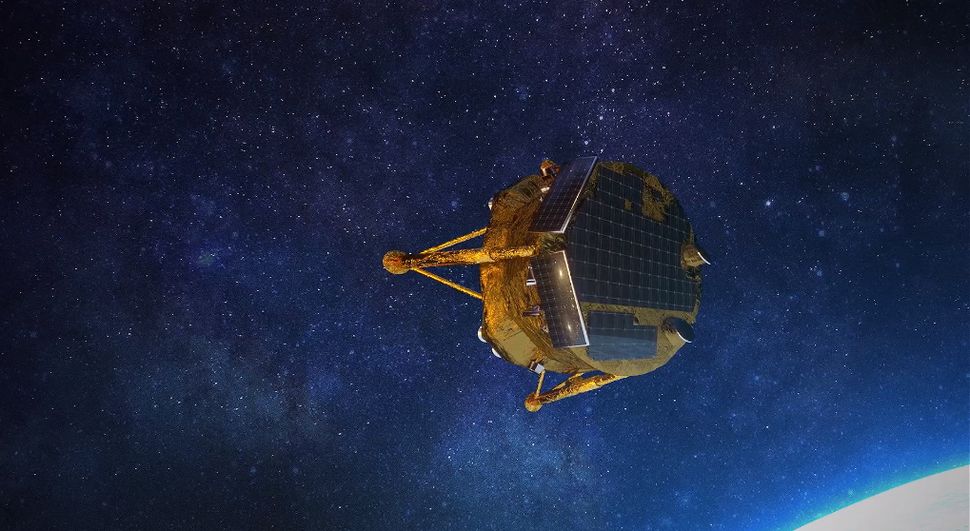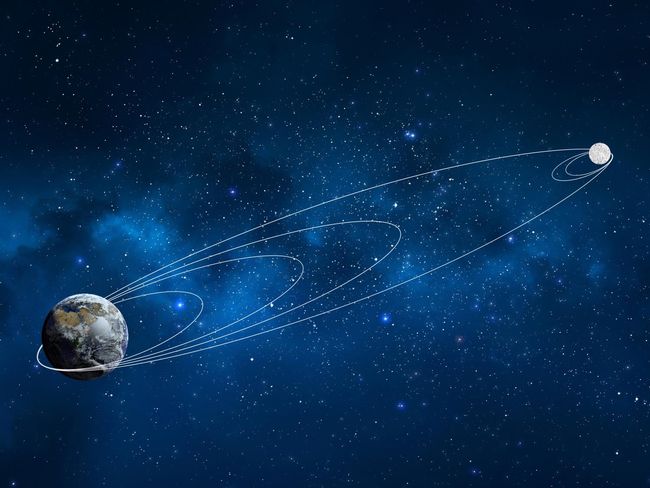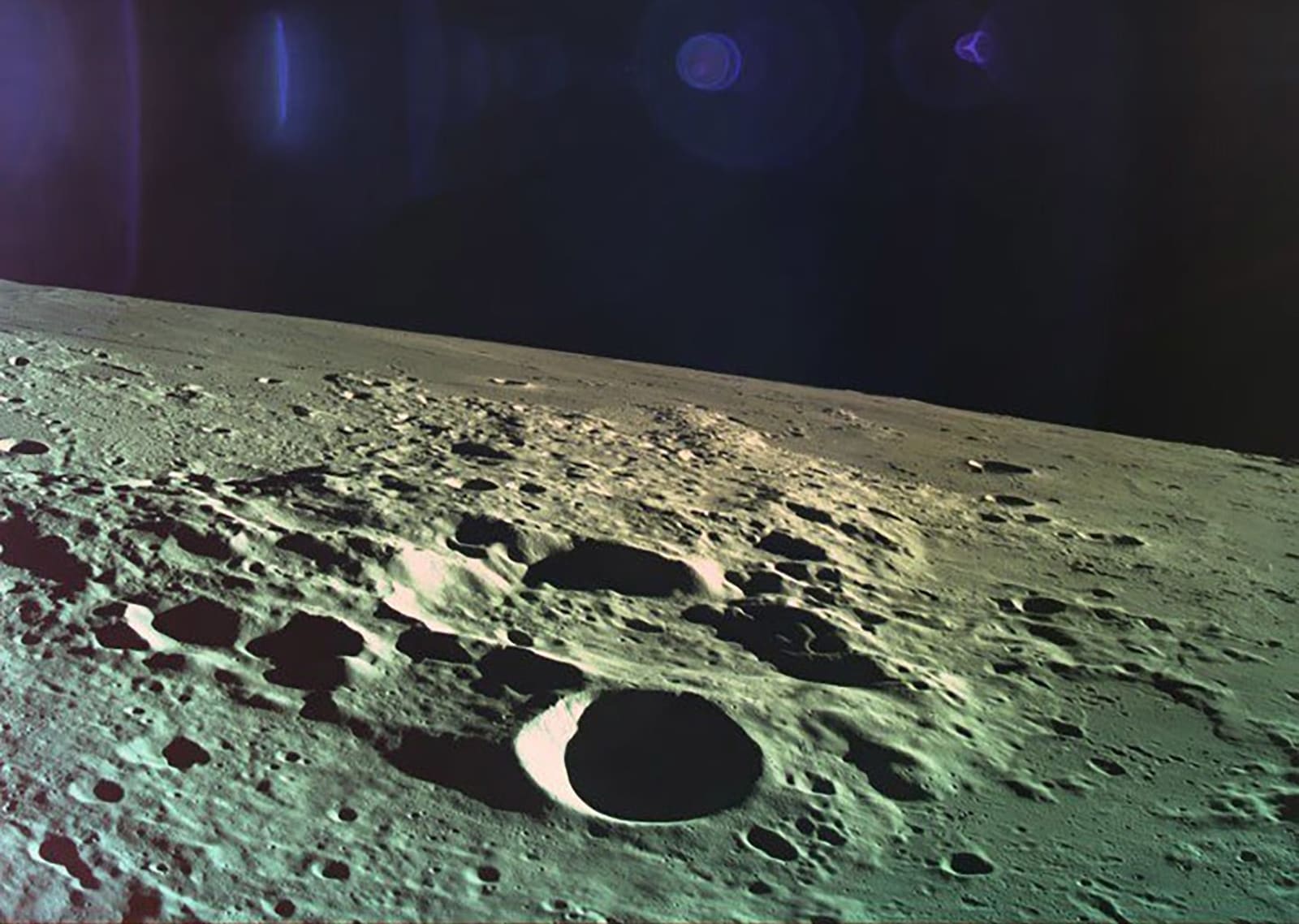
A few weeks ago now, an Israeli space probe called Beresheet (“Beginning”) reached the moon’s surface – sadly a system glitch in the last few seconds of approach meant that it crashed rather than soft-landed, but nevertheless it was a remarkable achievement. A particularly interesting feature of the trajectory that the ground crew chose is that it is quite unlike the method adopted by pretty much every probe before now, including the Apollo spacecraft.

The typical way to reach the moon has been in three phases – up to Earth orbit first, then a substantial burn of the main engines to escape Earth orbit and head towards the moon, then another burn to enter lunar orbit. The long leg of this is traversed with no engine activity at all, barring some trivial course corrections. Beresheet, however, adopted quite a different approach, as shown in the accompanying picture. A series of much smaller engine burns shifted the orbital path round Earth into ever-longer ellipses, until the path was close enough to the moon to be captured by the gravity there. The probe never attained escape velocity from Earth, and the trip took rather longer to arrive – a couple of months rather than a few days. However, it used less fuel and had the advantage that the successive changes in orbit allowed for lots of checking and fine-tuning.
Almost all probes to date, including Beresheet, have been driven by chemical rockets. They can exert huge acceleration at need, but have the disadvantage that the fuel tanks empty comparatively quickly. The times when the engines are used have to be rationed and carefully calculated, in order to have enough left over for critical events late on in the spacecraft’s journey. About the only exception to this is the Dawn probe, which visited the asteroid belt and returned remarkable new details about Vesta and Ceres. Dawn used an ion drive, which yields comparatively little acceleration but can be run continuously for weeks or months at a time. It’s a neat way to pile up substantial velocity without using much fuel at a time. It’s also the spaceship drive that I presuppose for Far from the Spaceports and successive books in that series – from a human-traveller point of view it has the huge advantage that you don’t have to put up with long periods of weightless travel, as well as considerably reducing travel times. The fact that the drive runs continually for all that time hugely offsets the fact that the actual propulsive power is much smaller.
That’s it for this week – next week there’ll be a few more thoughts on orbits. Meanwhile, here’s the last picture Beresheet took before crashing into the lunar surface…


